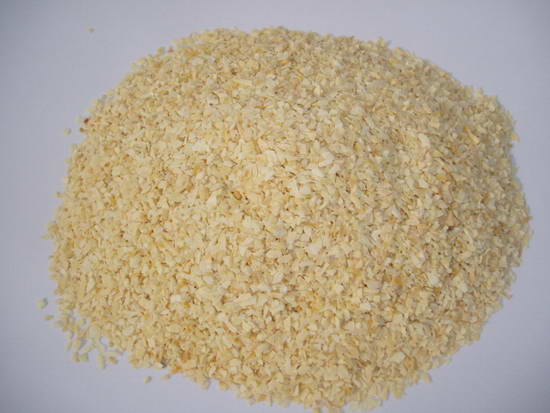Fluidization
is one of the technologies commonly used in the agro-food industry. It basically covers drying, cooling, agglomeration, granulation, and coating of food products. Fluidization is common because it is ideal for
the processes of a wide range of both heat sensitive and non-heat sensitive
products.
Pellets
can be formed in 2 ways: liquid-layering and powder layering. Liquid-layering
uses top spray coater to layer the active particle onto an inert core then
forming the shape of a pellet. The spraying is done simultaneously with drying.
Powder layering is done when the active particle is in the form of powder.
Pelletization is achieved using a sprayer and liquid binder solution to hold
the particles together. After that, the pellets are then dried.
Food coating more commonly known as encapsulation, has a lot of functions including increasing shelf-life, masking taste or odor, improving visual appeal and improving ease of handling. Layering can be designed to lessen the release of constituents from the food particles. This is usually used for finer particles. Coating is done using an atomizer. Then particles are dried with air blowing upward through the column.
By fluidization, particulate materials are able take
the properties of fluid. Gas (usually air) is made to pass through a product
layer under controlled conditions to create uniform processing conditions. The gas
performs two functions. It supports the weights of the particles and enabling
them to flow with the gas. It is also it serves to cool, heat or dry the
particles at direct contact with the solids material.
Fluid Bed Drying
Even though in recent years frozen foods increased
its popularity, drying is still an important operation in the food industry
especially in the preservation of food products. And fluid bed drying has significant advantages
over traditional frying techniques. It
lessens the risk of food particles being overheated as well as giving easy
material transport, high rates of heat exchange at high thermal efficiency.
Fluid bed drying is for powders,
granules, agglomerates, and pellets with an average particle size normally
between 50 and 5,000 microns. For very fine powders or highly elongated
particles, vibration for successful fluid bed drying is required.
Fluid Bed Cooling
It is
somehow similar to drying but in fluid bed
cooling, cold gas (usually ambient or conditioned air) is used instead. It is
desired to remove heat from the particles but it additionally requires
conditioning of gas to prevent the loss of volatiles or moisture. Cold surfaces
can also be used to help remove heat further.
Fluid Bed Granulation
Granulation transforms suspensions or solutions into dry, free
flowing, dustless granules using granulators. Particles in suspension or
solution are sprayed onto warm air, simultaneously drying and agglomerating the
product.
Fluid
Bed Pelletization
Fluid Bed Coating




No comments:
Post a Comment